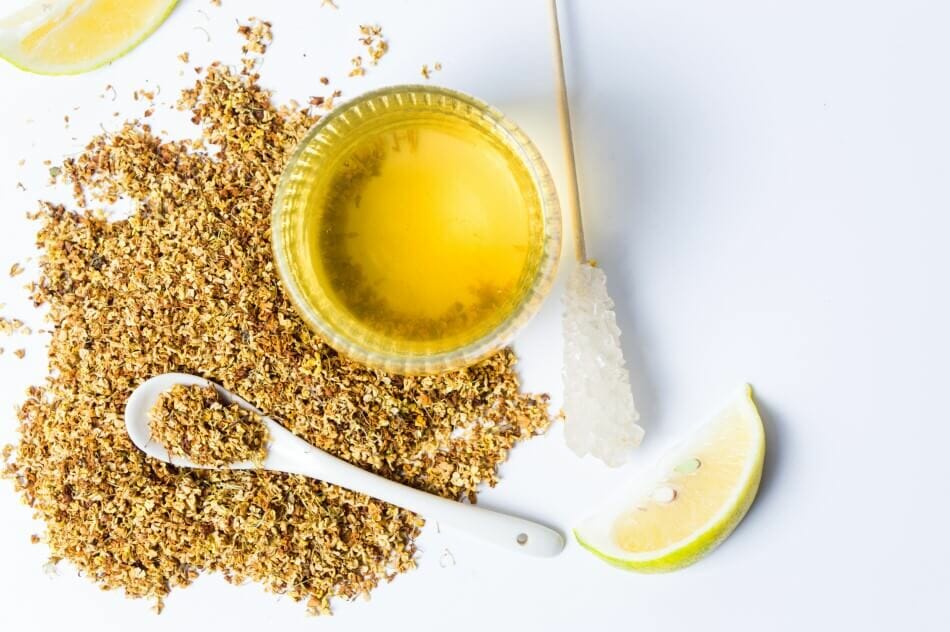- Joined
- Dec 8, 2017
- Messages
- 10,044
Uses and Benefits of Osmanthus Flowers

Osmanthus flowers have long been prized for their medicinal uses. Bark from the stems is used in a decoction that treats boils, carbuncles, and skin problems. Essential oils from the plant can be used as an effective insect repellent.
Osmanthus roots have been used to treat rheumatism, bruising, and dysmenorrhoea. Flowers are used for treating coughs, as are bark and stems which are used for whooping cough and retinitis. Flowers may also be used to treat skin and hair and in cosmetics.
Scientific research reveals that O. fragrans contains antioxidants. It may also have the potential as an anti-inflammatory and to reduce oxidative stress.
Osmanthus has culinary uses, as well. The Chinese have long used the fragrant flowers to sweeten and flavor drinks, pastries, soups, and other dishes. The unripened drupes may be brined and eaten like olives.
Often, the flowers are infused with green or black tea to create osmanthus tea. The Chinese city of Guilin is especially known for its use of osmanthus flowers; in translation, Guilin means “forest of sweet osmanthus.” Wine made with osmanthus is commonly consumed during autumn festivals.
There have been no toxic effects reported to people, pets, or livestock from ingesting osmanthus. It does attract bees with its apricot-scented flowers.
https://www.petalrepublic.com/osmanthus-flower/
